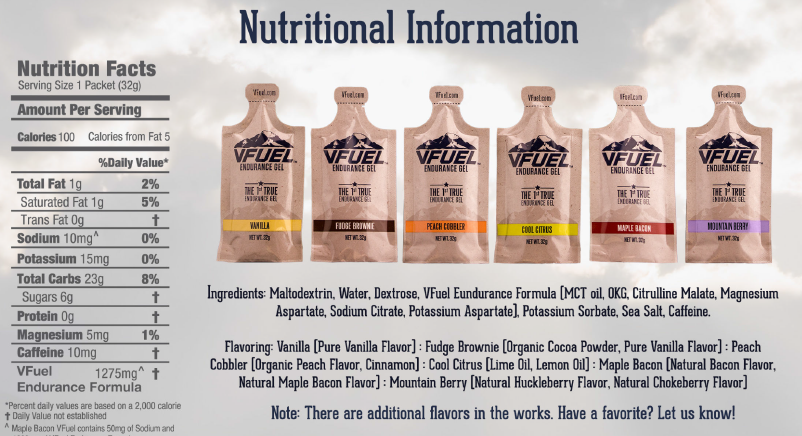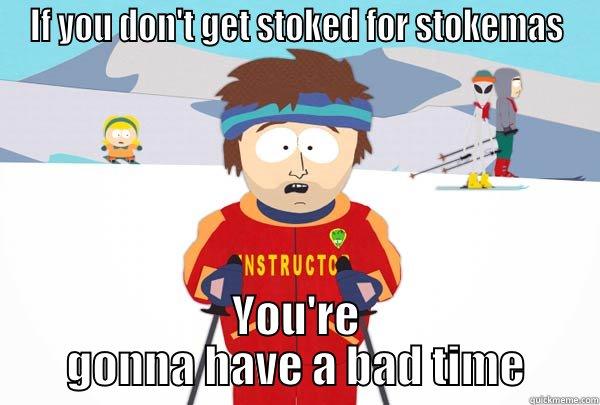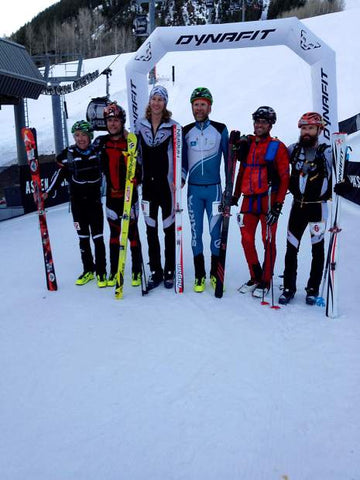Paul Hamilton was an absolute Cripple Creek Backcountry Legend. He ran our OG Carbondale shop for 6 years and helped thousands of people to get safely into ski touring. While with us, he won the Grand Traverse in his first attempt and went on to race on the US Skimo team. Here is an updated post for how you too can go from trail running mediocrity to Grand Traverse and skimo greatness.
So maybe you shelled out $400+ for you and a buddy to participate in a group ski tour, starting under a blanket of darkness with hundreds of other spandex-clad crazies, your battery-powered head torch providing a dismal line-of-sight through the thick snowfall, and as you toe the line at Crested Butte Mountain Resort to begin your ~40 mile human-powered adventure to Aspen, you realize your Camelback hose has frozen solid beneath the insulating rubber sheath, disabling your source of hydration and simple calories. The spare set of skins you have stowed in your pack are slowly freezing to death, and the Dynafit PDG boots you are demoing and wearing for the first time already feel suffocating on your wide, hobbit-like feet. Dear reader, don’t fret. Your GT experience, whether it’s your first go or tenth, will be mostly enjoyable and rewarding as long as you prepare well, have the essentials, eat and drink consistently, and are fairly competent in respect to skinning and skiing. There’s no reason to make the kinds of rookie mistakes I hinted at when you have this Master Plan for Surviving the Grand Traverse at your disposal.
The Grand Traverse is a grand event, indeed, an epic point-to-point tour with an abundance of logistics and manpower being channeled to facilitate a relatively smooth and enjoyable struggle for the participants. Emphasis here is important. Because things do happen outside of your control that may disrupt flow, and the struggle is absolutely real. But, that is not to say you cannot properly prepare for and thoughtfully execute when the clock strikes midnight on March 25th/26th.
To begin, let’s talk about preparation. One should be touring (uphill at resorts/backcountry) at least a few days a week in the month of two leading up to the GT, with one of those days being a longer tour, in the range of 3-4 hours to start, and building up to 6-8 hours. If time permits, getting in back-to-back long days is beneficial, as it accustoms the body to fatigue and builds character and mental tenacity. Having an efficient and smooth kick-and-glide technique will keep you moving smoothly over the fairly tame and non-technical terrain. Also, when it comes time to fly across Richmond Ridge to the top of Aspen Mountain, knowing how to skate ski in your race gear will give you an edge(!) over those stuck(!!) to their stubborn ways.

Photo: 6512 and Climbing
Being familiar and competent with one’s gear is paramount. Showing up to the line with a vague understanding of how to operate a tech binding is ill advised. The very first thing you should consider is purchasing a pair of boots that fit the shape of your foot and use them as much as possible to ensure you will be able to tolerate a 12+ hour tour. Know how your bindings operate, and be able to efficiently step into and out of them. Be able to apply and rip skins like you would a Band-Aid (bring an extra pair of skins, and keep them close to your body so they stay warm and dry).

Photo: A. PARKER/JEREMY SWANSON
Having nutrition dialed on race day cannot be understated. Find what works for you and your GI tract. Perhaps it’s simple calories, like vFuel gel and Clif Shot Blocks. Maybe your prefer real food, like cooked brown rice mixed with coconut oil and cinnamon. Whatever it is, make sure you can reasonably digest it while you’re maintaining a high level of aerobic output at 10,000 ft. In addition to food, I would suggest supplementing with a simple calorie electrolyte mix, like Scratch Labs Matcha with Lemons. I find soft flasks work best for storing liquids, as they are not as obtrusive as a water bottle and you can keep a handful of them in the interior of your skin suit or jacket, where they are unlikely to freeze. From start to finish, eat, drink, eat and drink some more, as you cannot overeat on a 12+ hour tour. Get calories in your body consistently. It isn’t much fun to bonk and feel dizzy and cold twenty miles into the Tour.

Executing on race day boils down to feeling both prepared and absolutely stoked for the adventure ahead. Having a good attitude does wonders for you and your partner. Let’s not forget that this event takes place alongside another human being. Keep spirits high and the motivation flowing with positive reinforcement. It helps to know that when you hit a low point, your partner is there to lift you up and bring you back to your happy place.

Organize your gear a week or two beforehand. Layout your entire setup, from attire, to ski gear, to the mandatory equipment, and be confident in your ability to pack/unpack and proficiently use any of the equipment and gear you bring along. DO NOT WAIT until the days before to assemble it. Get it together a few weeks in advance and get in a long tour or two to get a feel for the dimensions and weight. Check out the mandatory gear list here: http://www.elkmountainstraverse.com/mandatory-gear/. A crucial piece of gear that is not on the list that I would suggest bringing is a tow-strap. It can be as simple as 10 ft of 1/8"-1/4" elastic cord with non-locking carabiners on either end. If your partner is struggling, you can put him/her on tow and pull a bit of extra weight.
Photo: TeamCrestedButte.com
Here are a few gear recommendations:
Skis: Hagan X-Race / Hagan Cirrus / Dynafit PDG 2.0 / Atomic Ultimate 78
Bindings: Hagan ZR / Dynafit Speed Superlite 2.0
Boots: Dynafit PDG / La Sportiva Syborg / Scarpa Alien
Skins: Pomoca Race / Dynafit Race Ready
Pack: CAMP X3 600 / CAMP X3 Backdoor / Dynafit Broad Peak 28 / Dynafit Denali 42
Race Upper or Race Suit: Dynafit PDG Jacket / Dynafit Radical Racing Suit
The Grand Traverse should be an experience of a lifetime, and there is no reason why it can’t be a smooth and enjoyable experience. Show up prepared, know your gear, eat and drink, stay positive and get your ass to Aspen with a smile on your face. There is ample beer and food and friends waiting for you at the finish!

Photo: Dale Strode - Aspen Times





